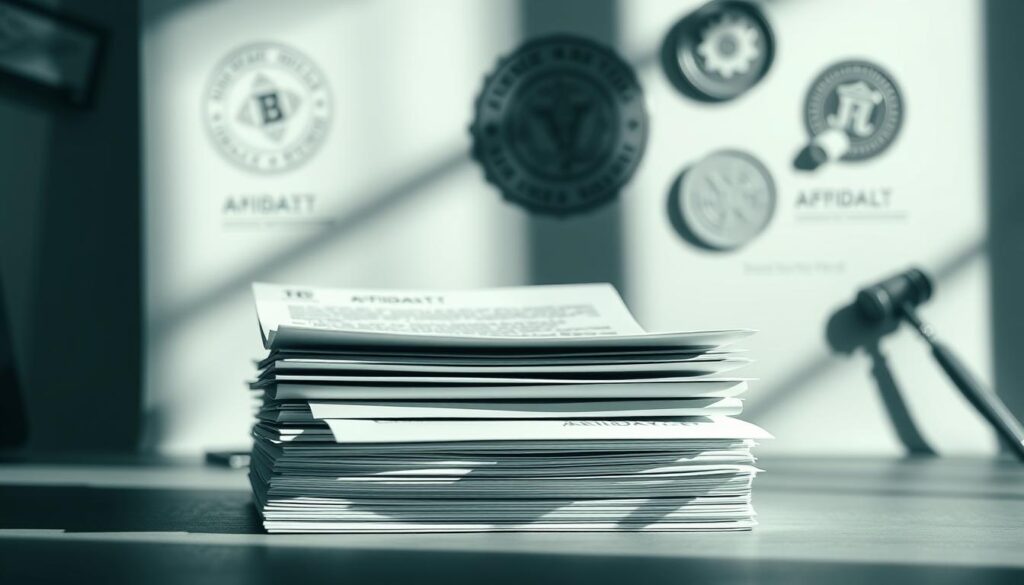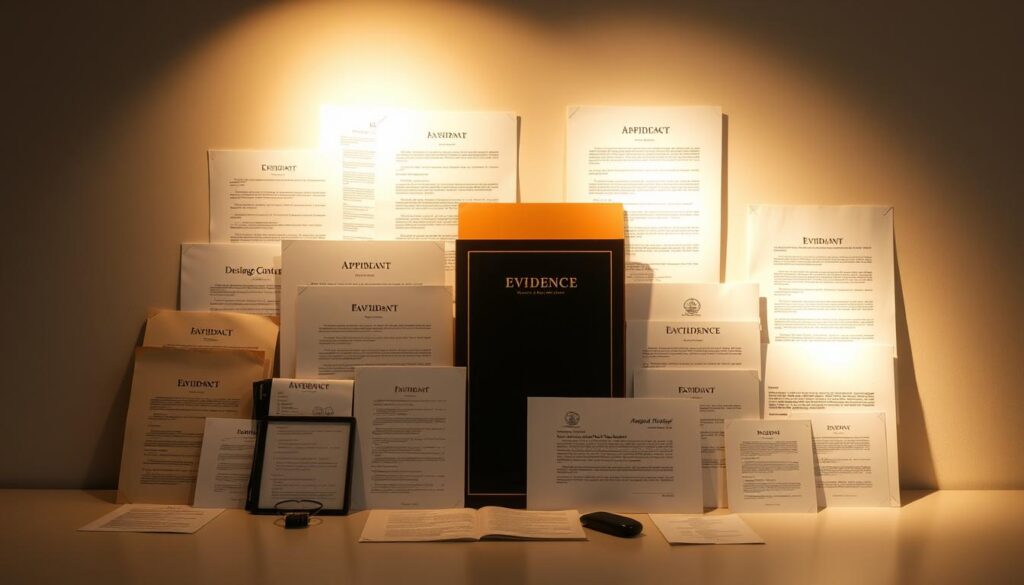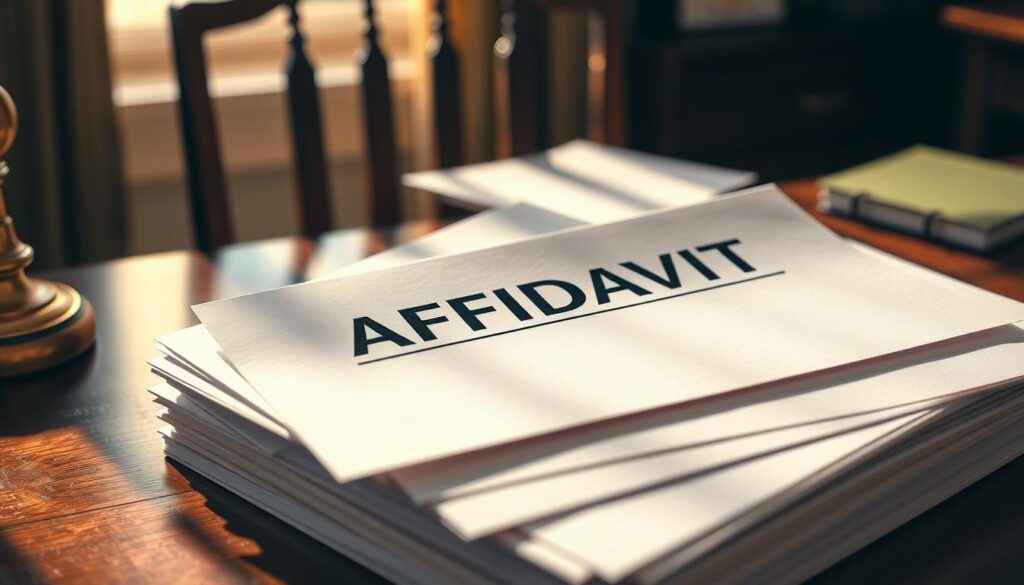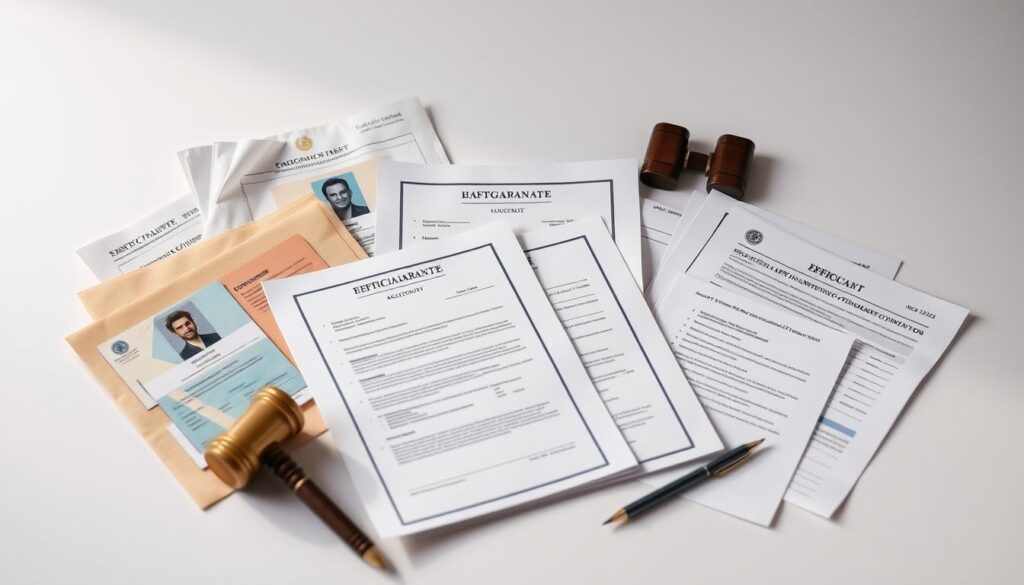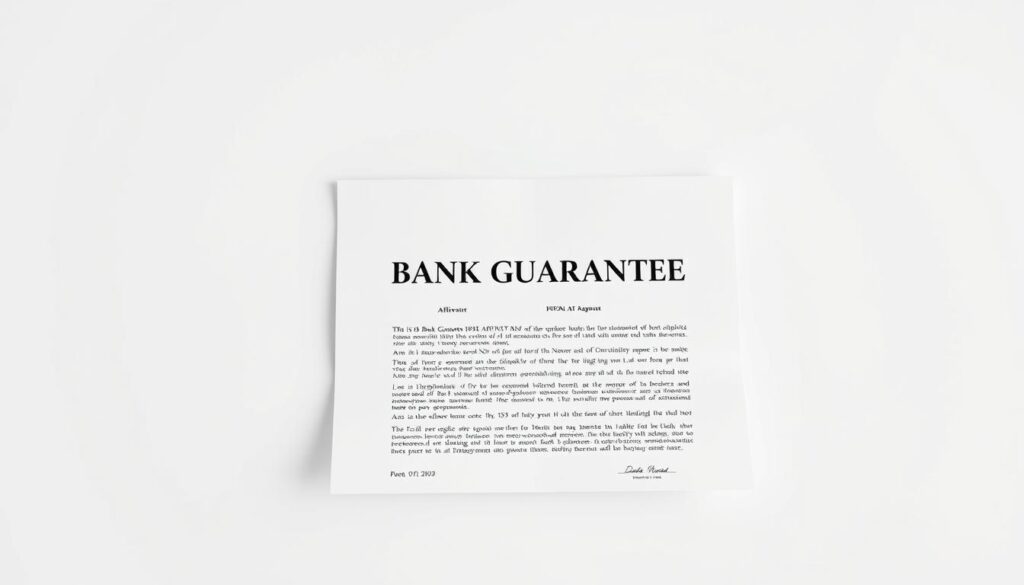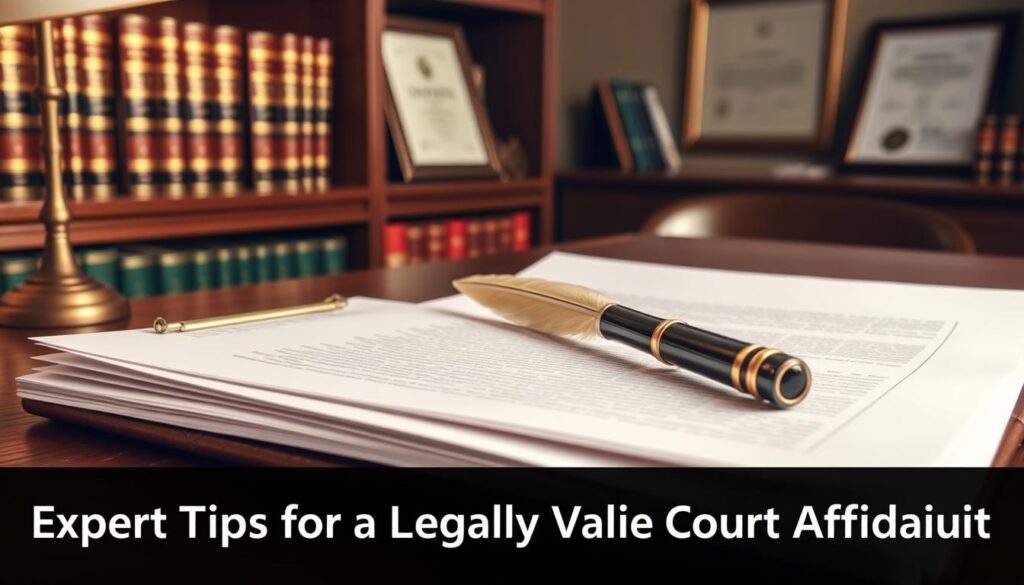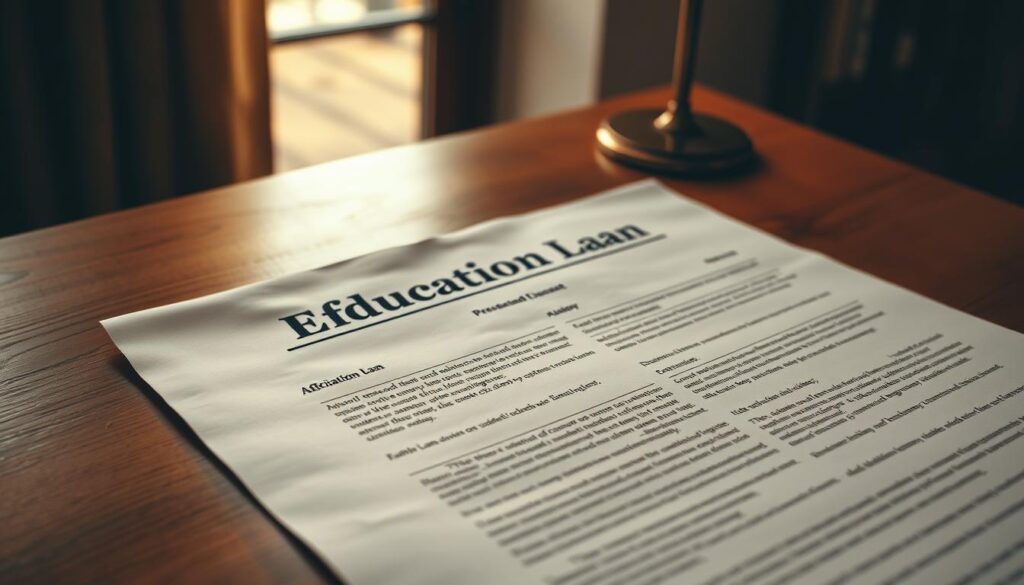Affidavit Categories
Definition and Purpose of Affidavits in India
An affidavit is a written statement confirmed by oath or affirmation for use as evidence in court or other legal proceedings. In India, affidavits serve as legally binding documents where the deponent (person making the statement) swears that the information provided is true to the best of their knowledge.
Key Characteristics of Indian Affidavits
- Sworn statement made voluntarily under oath
- Executed on appropriate stamp paper as per state regulations
- Must be signed by the deponent in the presence of specified authorities
- Requires proper attestation (typically by a Notary Public or Magistrate)
- Contains a verification clause confirming the truthfulness of statements
Common Uses of Affidavits
- Legal proceedings and court submissions
- Administrative procedures requiring sworn statements
- Personal documentation (name changes, address proof)
- Financial declarations and property matters
- Educational and employment verification
Affidavits hold significant legal weight in India and making false statements in an affidavit can lead to prosecution for perjury under Section 193 of the Indian Penal Code, which carries penalties including imprisonment for up to seven years.

Need a Legally Valid Affidavit?
Get your affidavit prepared and executed on appropriate stamp paper with proper attestation. Available across India with digital delivery options.
Types of Affidavits in India
Indian legal system recognizes various types of affidavits for different purposes. Each type has specific requirements and formats that must be followed to ensure legal validity. Here are the most common types of affidavits used in India:
Personal Identification Affidavits
- Name Change Affidavit
- Name Correction Affidavit
- One and Same Person Affidavit
- Date of Birth Affidavit
- Signature Change Affidavit
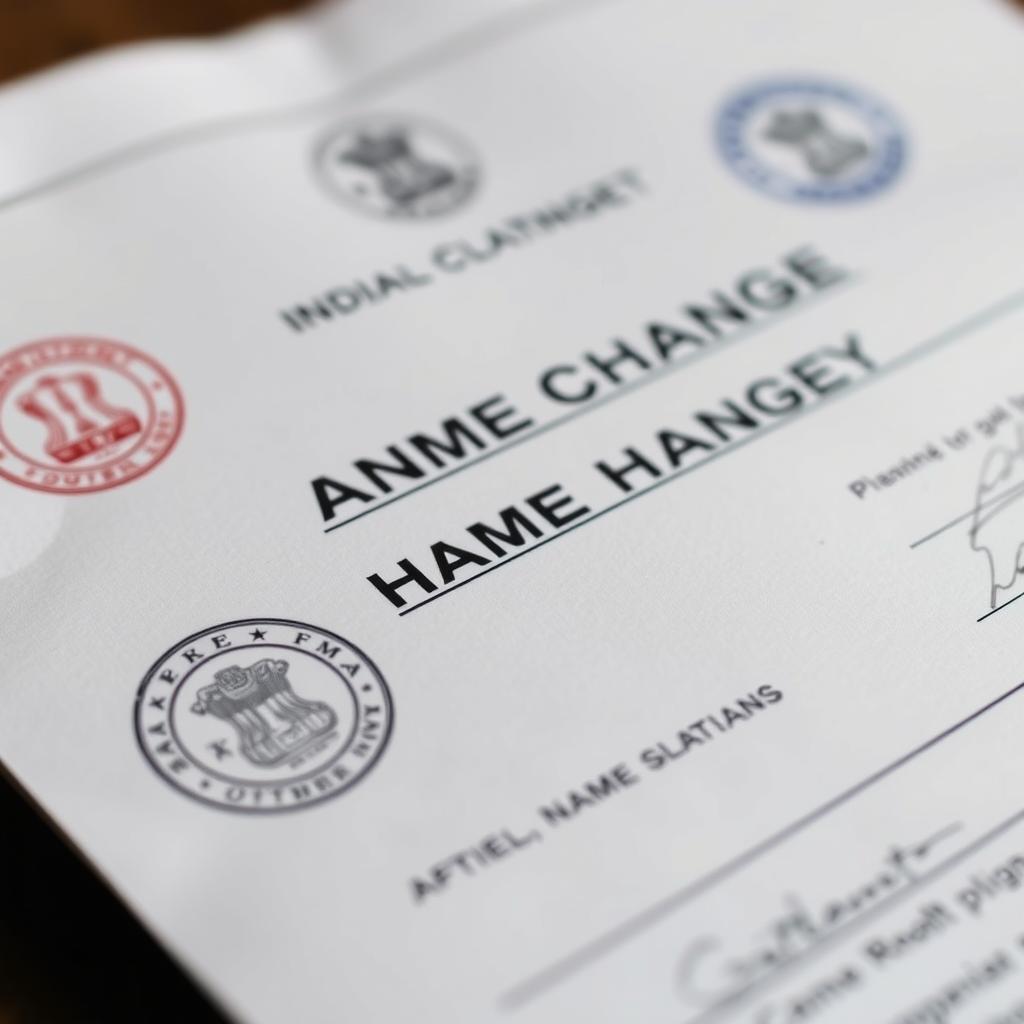
Residence and Property Affidavits
- Address Proof Affidavit
- Residence Verification Affidavit
- Property Ownership Affidavit
- No Objection Certificate (NOC)
- HUF (Hindu Undivided Family) Affidavit
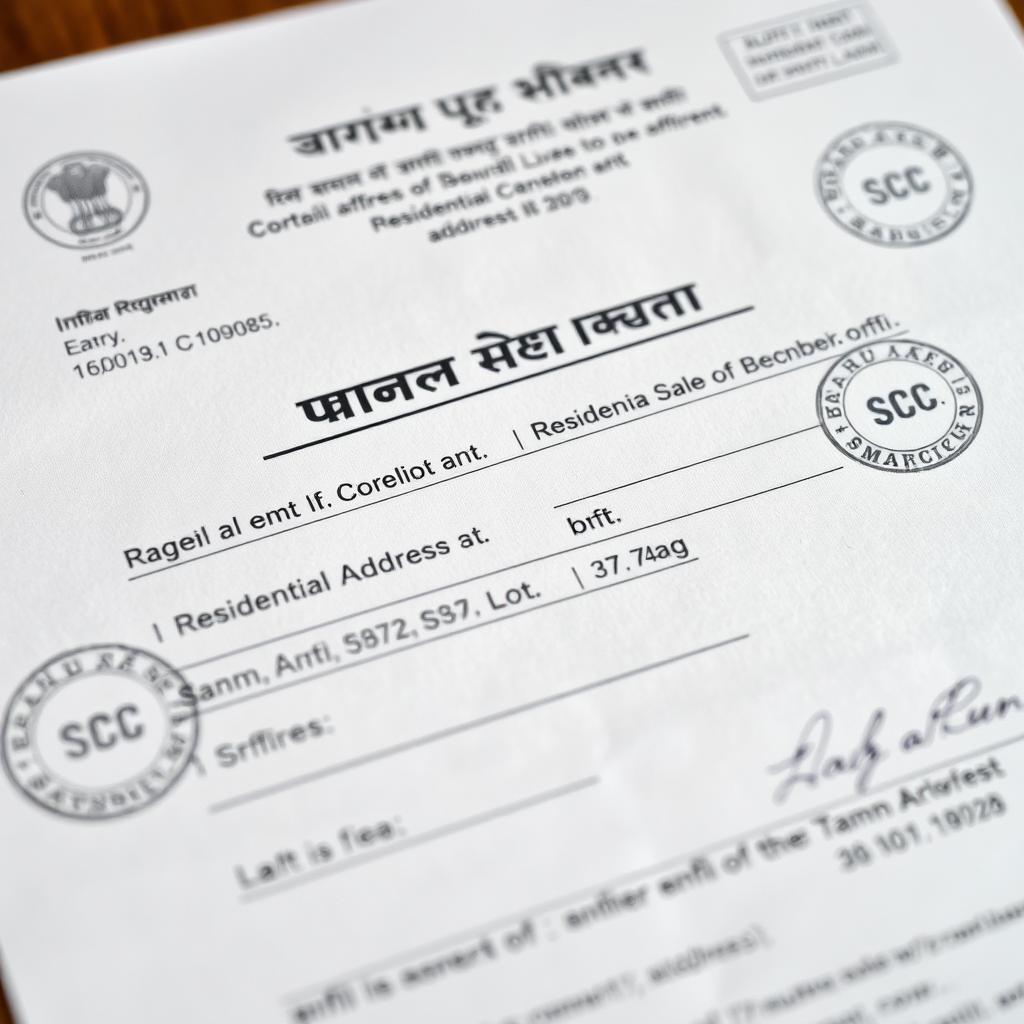
Financial and Employment Affidavits
- Income Proof Affidavit
- Loss of Document Affidavit
- Employment Verification Affidavit
- Non-Employment Affidavit
- Bank Account Affidavit
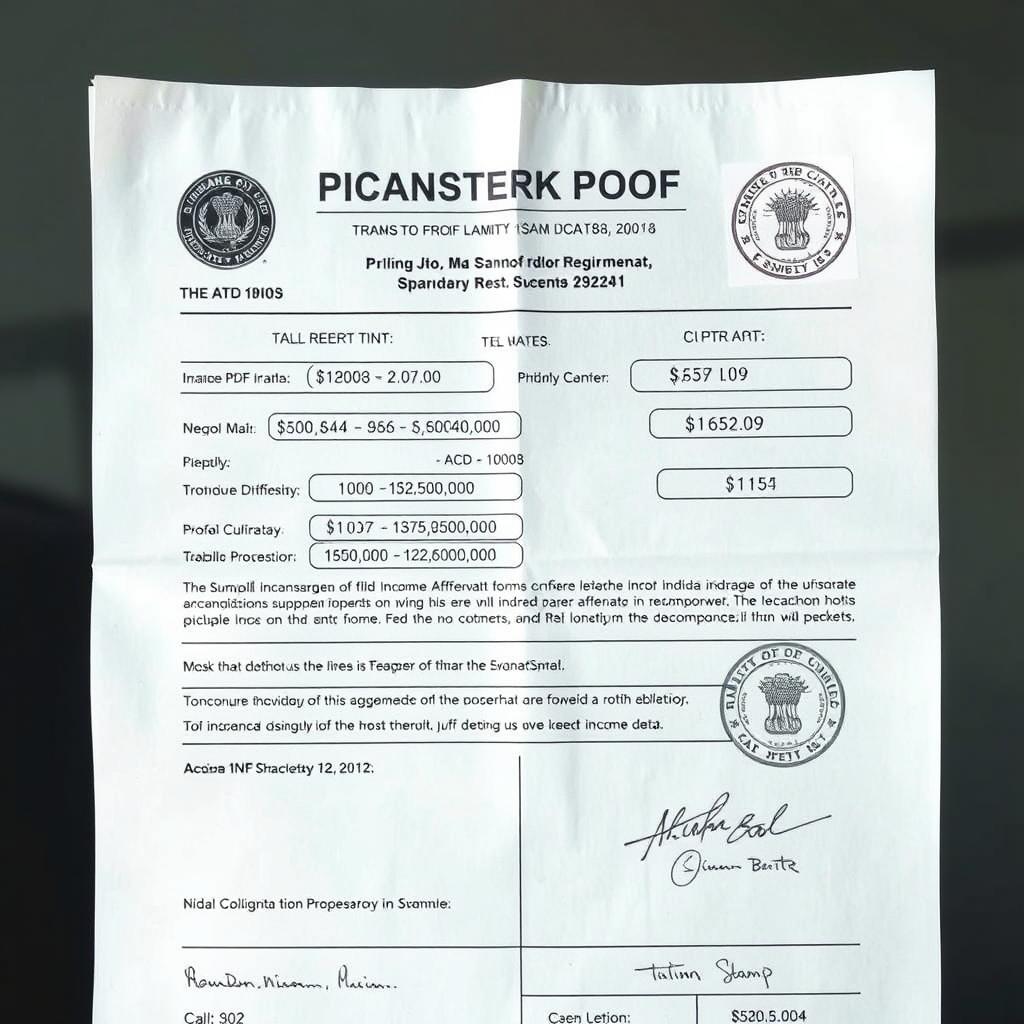
Educational Affidavits
- Gap Year Affidavit
- Education Loan Affidavit
- Anti-Ragging Affidavit
- Loss of Certificate Affidavit
- Student Visa Affidavit
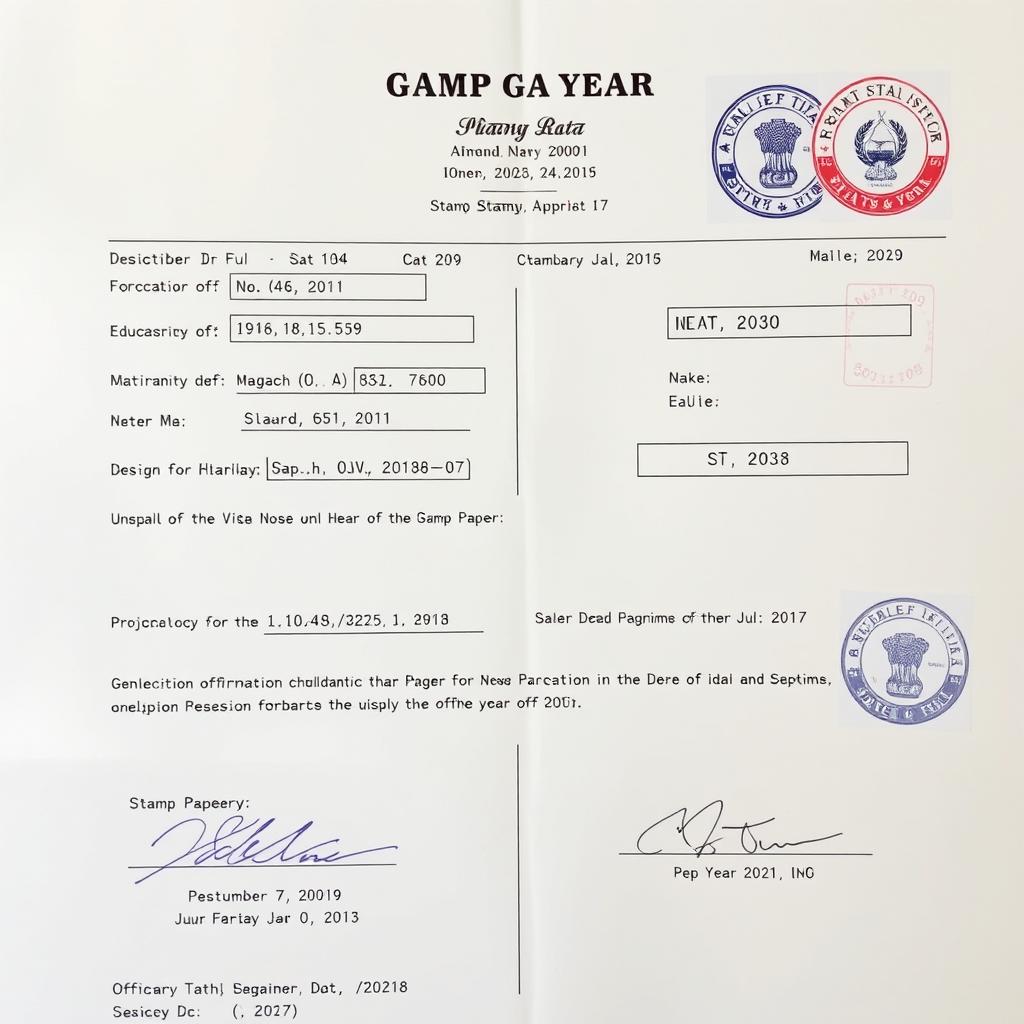
Family and Marital Affidavits
- Marriage Registration Affidavit
- Single Status Affidavit
- Child Custody Affidavit
- First Born Child Affidavit
- Single Girl Child Affidavit
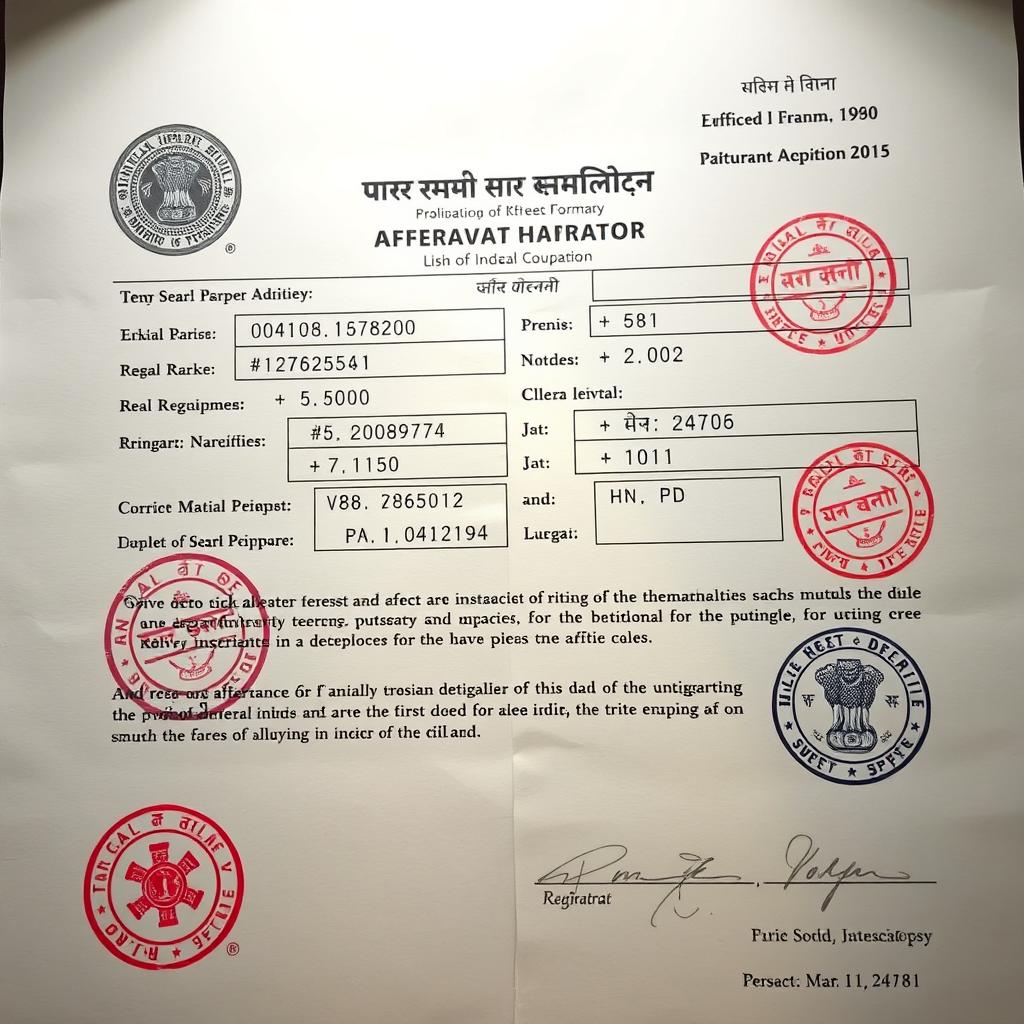
Miscellaneous Affidavits
- Vehicle Sale/Purchase Affidavit
- Power of Attorney Affidavit
- Court Affidavit
- Indemnity Affidavit
- General Purpose Affidavit
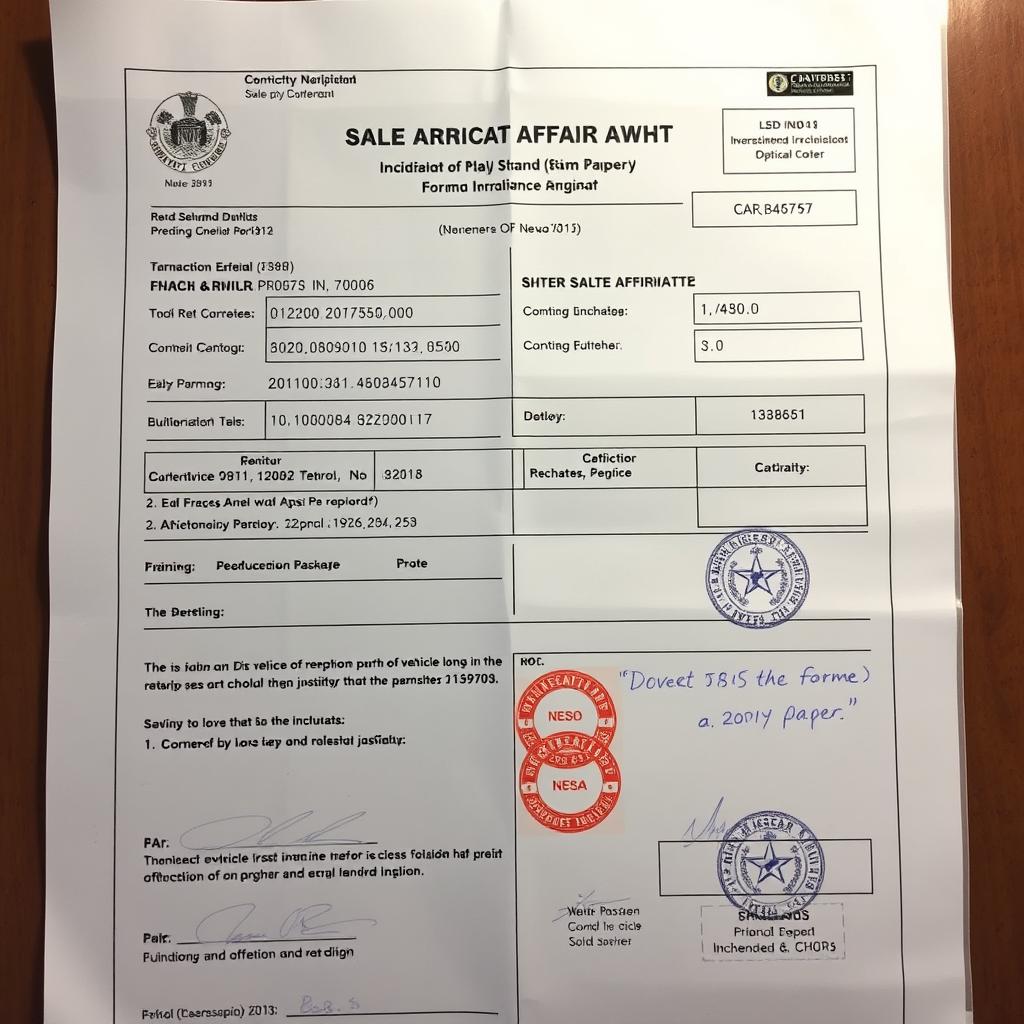
Need a Specific Type of Affidavit?
Download our professionally drafted templates or get expert assistance for your specific requirements.
Legal Requirements for Indian Affidavits
For an affidavit to be legally valid in India, it must comply with several statutory requirements under various laws, including the Indian Stamp Act, Notaries Act, and state-specific regulations. Understanding these requirements is essential to ensure your affidavit is accepted by authorities.
Stamp Paper Requirements
Under the Indian Stamp Act, affidavits must be executed on appropriate stamp paper. The stamp duty varies by state:
- Delhi: ₹10 stamp paper for general affidavits
- Maharashtra: ₹100 stamp paper for most affidavits
- Karnataka: ₹20 stamp paper for standard affidavits
- Tamil Nadu: ₹20 stamp paper for general affidavits
- Uttar Pradesh: ₹10 stamp paper for basic affidavits
2023-2024 Update: Several states have implemented e-Stamp papers that can be purchased online through authorized vendors, making the process more convenient.

Attestation Requirements
According to the Notaries Act, 1952, affidavits must be properly attested by authorized officials:
- Notary Public (most common for general affidavits)
- Oath Commissioner (appointed by High Courts)
- First Class Judicial Magistrate
- Executive Magistrate
- Consular officers (for NRIs at Indian embassies/consulates)
2023-2024 Update: The Ministry of Law and Justice has introduced stricter verification procedures for notaries, requiring them to maintain digital records of all affidavits attested.

Essential Components of a Valid Affidavit
| Component | Description | Legal Requirement |
| Title | Clear indication of the type of affidavit | Mandatory for identification |
| Deponent Details | Full name, age, occupation, and address | Required under Section 139 CPC |
| Proper Numbering | Sequential paragraphs with clear numbering | Required for court submissions |
| Verification Clause | Statement confirming truth of contents | Mandatory under Order 19 Rule 3 CPC |
| Deponent’s Signature | Signature on each page and at the end | Essential for validity |
| Attestation | Signature and seal of authorized official | Required under Notaries Act, 1952 |
| Date and Place | Clear mention of execution date and location | Mandatory for all legal documents |
Physical vs. E-Affidavits: 2023-2024 Comparison
| Feature | Physical Affidavits | E-Affidavits |
| Legal Status | Universally accepted | Accepted by select departments |
| Execution Process | In-person signing and attestation | Digital signing with e-KYC verification |
| Stamp Duty | Physical stamp paper | e-Stamp with digital certificate |
| Verification | Manual verification by officials | Blockchain-based verification (new) |
| Processing Time | 1-3 days typically | Same day in most cases |
| Cost | Stamp duty + notary fees | e-Stamp duty + platform fees |
| Availability | All jurisdictions | Limited to major cities (expanding) |
2024 Update: The Ministry of Electronics and Information Technology has introduced a framework for blockchain-verified e-Affidavits in select states, with plans for nationwide implementation by 2025. These e-Affidavits provide enhanced security and faster verification.
Step-by-Step Process to Draft and Execute an Affidavit
Creating a legally valid affidavit involves several critical steps. Follow this comprehensive guide to ensure your affidavit meets all requirements and serves its intended purpose effectively.
Preparation Phase
- Determine the purposeIdentify exactly why you need the affidavit and what specific facts need to be declared under oath.
- Gather required informationCollect all personal details, supporting documents, and specific information needed for your affidavit.
- Check state-specific requirementsResearch the stamp duty and format requirements for your specific state, as these vary across India.
- Purchase appropriate stamp paperBuy stamp paper of the correct denomination from authorized vendors or use e-Stamp facilities where available.
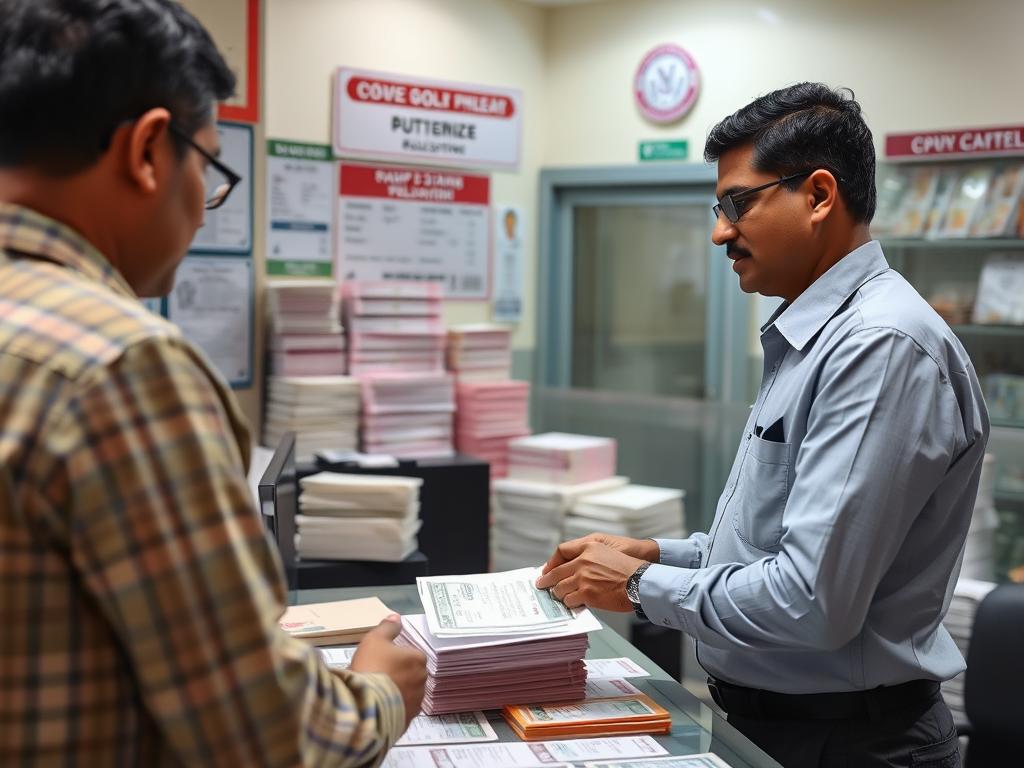
Drafting Phase
- Structure your affidavitBegin with a title, followed by deponent details, then numbered paragraphs containing factual statements.
- Use clear, precise languageWrite in first person, using simple language and specific facts without ambiguity or opinions.
- Include a verification clauseAdd a statement confirming that the contents are true to the best of your knowledge and belief.
- Prepare for witnesses (if required)Some affidavits require witness signatures. Identify appropriate witnesses who are not family members.

Execution Phase
- Print on stamp paperPrint or handwrite the affidavit content on the stamp paper, leaving space for signatures.
- Visit the notary/authorized officialTake the document to a Notary Public, Oath Commissioner, or Magistrate for attestation.
- Sign in their presenceThe deponent must sign the affidavit in the presence of the attesting authority.
- Get witnesses to sign (if applicable)If witnesses are required, they should also sign in the presence of the attesting authority.

Post-Execution Phase
- Obtain attestation and sealThe notary or official will sign, stamp, and seal the document, making it legally valid.
- Make copiesCreate multiple photocopies of the completed affidavit for your records and submission.
- Submit to relevant authorityPresent the original affidavit to the authority requiring it (court, government department, etc.).
- Maintain recordsKeep copies of the affidavit and any submission receipts for future reference.

Need Help Creating Your Affidavit?
Get expert assistance with drafting, formatting, and executing your affidavit correctly the first time.
Real-World Affidavit Templates
Below are three professionally drafted affidavit templates that you can download and customize for your specific needs. These templates comply with Indian legal requirements and include all necessary components for validity.
Name Change Affidavit Template
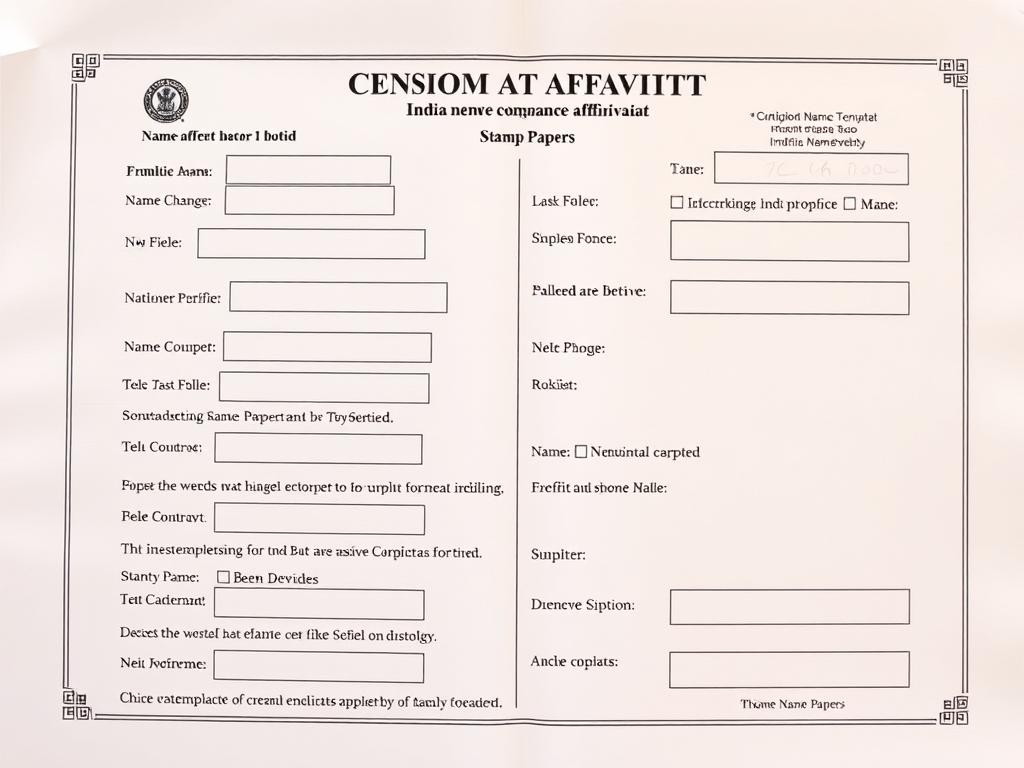
This template is suitable for individuals who wish to legally change their name for any reason. It includes:
- Declaration of old and new names
- Reason for name change
- Statement of identity confirmation
- Verification clause as required by law
- Spaces for notary attestation
Use this template for newspaper publications, passport updates, bank account changes, and other official records.
Address Proof Affidavit Template

This template helps establish your current residential address when other proofs are unavailable. It includes:
- Detailed current address declaration
- Period of residence at the address
- Purpose of the address verification
- Supporting evidence references (if any)
- Properly formatted verification clause
Useful for bank account opening, government schemes, voter ID registration, and utility connections.
Financial/Income Affidavit Template
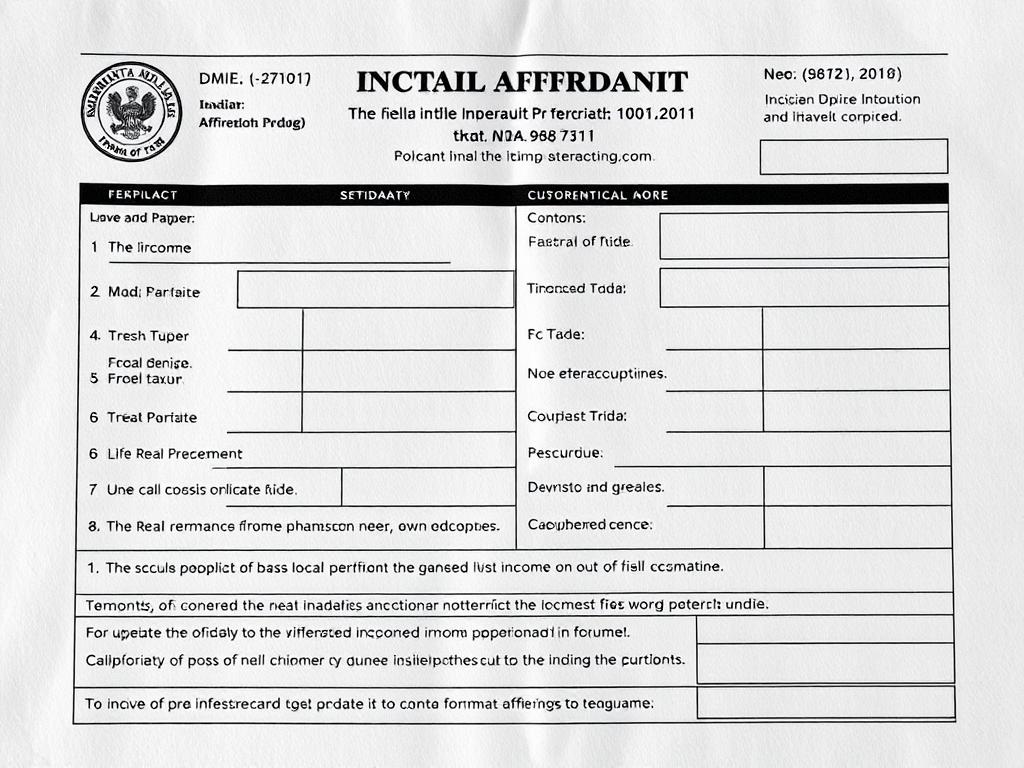
This template is designed for declaring your income or financial status officially. It includes:
- Income source declaration
- Annual/monthly income statement
- Financial liability disclosures
- Asset declarations (if relevant)
- Standard verification clause
Ideal for loan applications, scholarship applications, government subsidies, and legal proceedings requiring financial disclosure.
Template Usage Note: While these templates provide a solid foundation, it’s advisable to review and customize them according to your specific circumstances and local requirements. Some situations may require additional clauses or specialized formats.
Common Mistakes to Avoid When Creating Affidavits
Even minor errors can invalidate an affidavit or delay its acceptance. Being aware of these common pitfalls can save you time, money, and legal complications.
Procedural Mistakes
- Using incorrect stamp paper valueEach state has specific stamp duty requirements. Using lower value paper can invalidate your affidavit.
- Improper attestationGetting attestation from unauthorized persons or skipping the in-person verification process.
- Missing deponent signatureFailing to sign on each page or omitting the final signature after the verification clause.
- Incorrect witness selectionUsing family members or interested parties as witnesses when independent witnesses are required.
- Expired stamp paperUsing stamp paper purchased more than six months ago (validity varies by state).
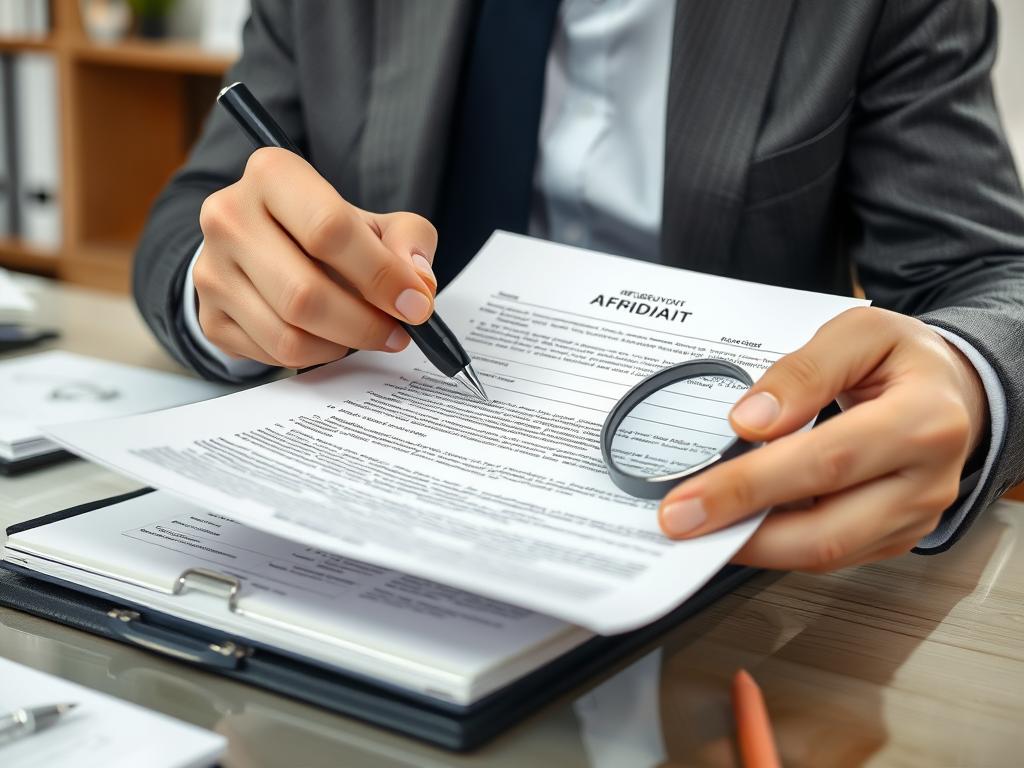
Content Mistakes
- Vague or ambiguous statementsUsing unclear language that could be interpreted in multiple ways.
- Including opinions instead of factsAffidavits should contain factual statements, not personal opinions or conclusions.
- Omitting essential informationLeaving out critical details like complete address, age, or specific dates when required.
- Inconsistent informationProviding details that contradict other documents or previous statements.
- Missing verification clauseOmitting the mandatory statement confirming the truthfulness of the affidavit contents.
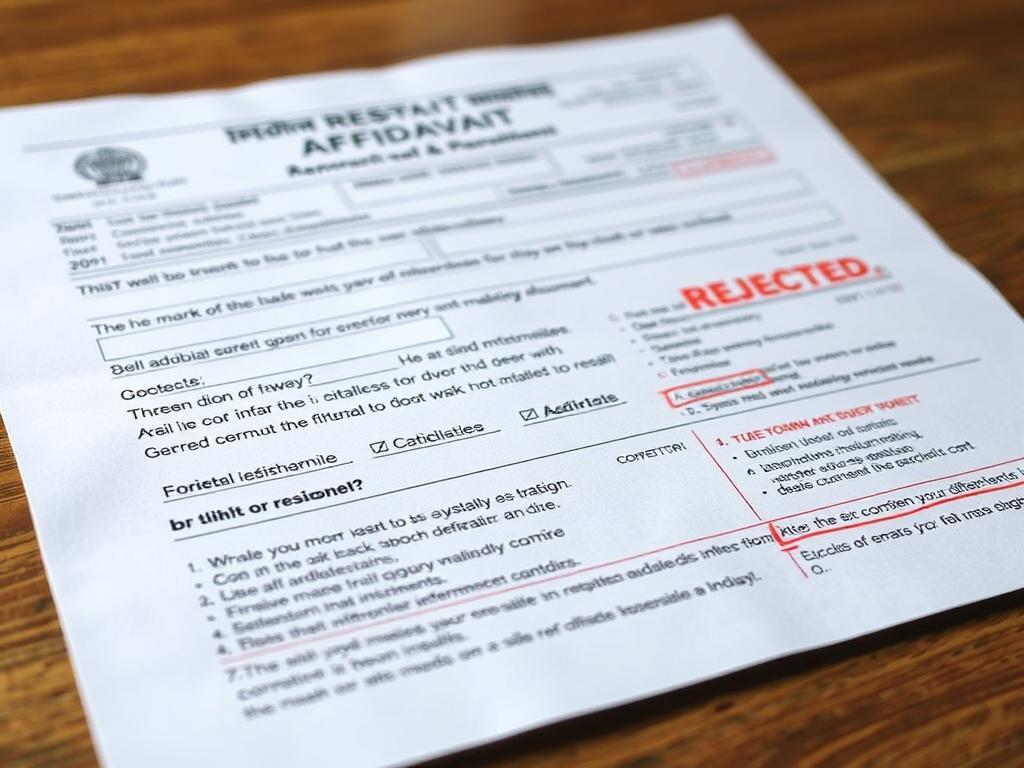
Best Practices
- Have a legal professional review your affidavit before execution
- Use simple, clear language that leaves no room for misinterpretation
- Verify state-specific requirements before purchasing stamp paper
- Keep supporting documents ready during attestation
- Make multiple copies of the completed affidavit for records
- Check for spelling errors in names, addresses, and dates
What to Avoid
- Last-minute drafting that leads to errors and omissions
- Using templates without customizing to your specific situation
- Attempting to notarize documents without proper identification
- Making handwritten corrections after attestation
- Providing false information (which can lead to perjury charges)
- Using outdated formats that don’t comply with current regulations
Important: Making false statements in an affidavit is a criminal offense under Section 193 of the Indian Penal Code, punishable with imprisonment for up to seven years and a fine. Always ensure all information provided is truthful and accurate.
Frequently Asked Questions About Indian Affidavits
How long is an affidavit valid in India?
Most affidavits don’t have a specific expiration date unless mentioned in the document itself. However, certain types of affidavits (like those for government services or court proceedings) may have validity periods specified by the requiring authority. Generally:
- Court affidavits are valid for the duration of the specific case
- Address proof affidavits are typically accepted for 3-6 months
- Financial affidavits may be valid for the financial year in which they are executed
It’s advisable to check with the specific department or authority regarding their validity requirements.
What is the cost of getting an affidavit made in India?
The cost varies depending on several factors:
- Stamp Paper: ₹10 to ₹100 depending on the state and type of affidavit
- Notary Fees: ₹20 to ₹100 per attestation
- Drafting Charges: ₹200 to ₹1,000 if using professional services
- Additional Copies: ₹10 to ₹50 per copy
The total cost typically ranges from ₹250 to ₹1,500 depending on complexity and location. E-affidavit services may charge additional convenience fees of ₹100-500.
Are e-Affidavits legally valid in India?
Yes, e-Affidavits are gaining legal recognition in India, especially after recent digital initiatives. Their validity depends on:
- Whether they’re executed on valid e-Stamp paper
- Proper digital attestation by authorized notaries
- Compliance with the Information Technology Act, 2000
- Acceptance by the specific department or authority
As of 2024, e-Affidavits are accepted by many government departments, banks, and educational institutions, particularly in metropolitan areas. However, some courts and traditional departments still require physical affidavits. Always check with the receiving authority before opting for an e-Affidavit.
Can I prepare an affidavit myself or do I need a lawyer?
You can legally prepare an affidavit yourself without a lawyer. However, considering the following factors is important:
- Simple affidavits (name change, address proof) can usually be self-drafted using templates
- Complex legal affidavits (court proceedings, property matters) benefit from professional drafting
- Self-drafted affidavits must still follow all legal requirements for format and content
- Errors in self-drafted affidavits may lead to rejection or legal complications
Many people use templates or online services for standard affidavits, while seeking legal assistance for more complex or high-stakes situations.
Do I need witnesses for my affidavit?
The requirement for witnesses depends on the type of affidavit and local regulations:
- Most standard affidavits do not legally require witnesses beyond the notary attestation
- Power of Attorney affidavits typically require two witnesses
- Property-related affidavits often benefit from witness signatures
- Court affidavits may have specific witness requirements based on case type
When witnesses are required, they should:
- Not be family members or interested parties
- Be adults with valid identification
- Sign in the presence of the notary
- Provide their name, address, and ID details
Can an affidavit be executed on plain paper instead of stamp paper?
No, in India, affidavits must be executed on appropriate stamp paper as per the Indian Stamp Act and state-specific stamp acts. Using plain paper would make the affidavit legally invalid. The only exceptions are:
- Court-supplied affidavit forms in some jurisdictions
- Specific government departments that provide their own affidavit formats
- E-affidavits executed through authorized digital platforms with e-Stamp duty paid
Using incorrect paper can result in rejection of the affidavit and potential delays in your legal or administrative processes.
Still Have Questions About Affidavits?
Get expert answers to your specific questions and professional assistance with your affidavit needs.
Conclusion
Affidavits play a crucial role in India’s legal and administrative systems, serving as sworn statements with significant legal weight. Understanding the proper procedures for creating, executing, and submitting affidavits is essential to ensure their validity and effectiveness.
With the information provided in this guide, you should now have a comprehensive understanding of Indian affidavits—from their definition and types to the step-by-step process of creating them and common pitfalls to avoid. The templates provided offer practical starting points for your specific needs, while the FAQs address common concerns.
Remember that while affidavits can often be self-drafted, complex situations may benefit from professional legal assistance. Always ensure your affidavit contains truthful information, is properly executed on appropriate stamp paper, and is attested by authorized officials.
As India continues its digital transformation, keep an eye on evolving regulations regarding e-Affidavits and digital attestation, which are making the process more accessible while maintaining legal validity.
Need a Legally Valid Affidavit?
Get your affidavit prepared, executed, and delivered with professional assistance. Available across India with both physical and digital options.








